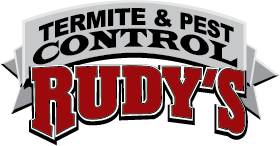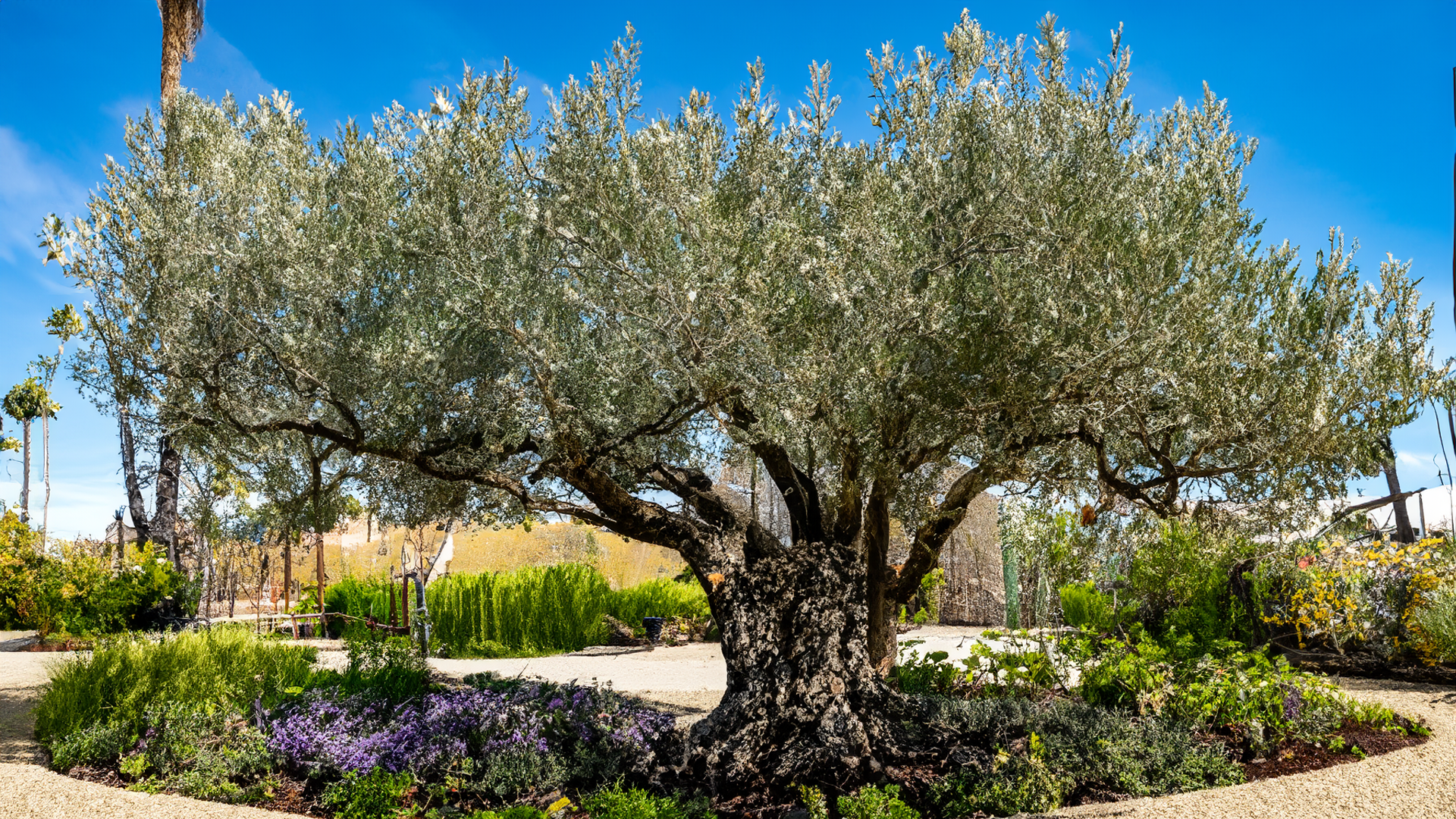In the arid expanse of the Coachella Valley, where rain is a rare visitor, the 2024 season brought an unexpected deluge. As olive trees sway under heavy recent rainfalls, gardeners find themselves facing a renew challenge: Olive Fruit Prevention. More hydrated plants has encouraged a bumper olive flourish this year, meaning olive prevention is more important than ever. Let’s dive into the essentials to keep those olive trees in check amidst this rain-soaked anomaly.
Timing Matters! Between January and April, olive fruit prevention becomes a critical task. Applying a growth regulator during this window is key to halting fruit growth before it’s too late.
Pruning Prep. Before diving into preventive measures, consider a round of pruning to clear the path for effective control. By tidying up your olive trees beforehand, you can optimize the efficacy of the prevention process.
Concerned about effectiveness? When applied within the proper time frame, expect impressive results, with olive control rates ranging from 95-100% in most cases. Missed the optimal window? While control may diminish with each passing week, it’s still possible to manage the situation.
Investing in olive fruit prevention pays dividends in maintaining a clean and tidy landscape. At around $85.00 per tree, it’s a worthwhile expense for hassle-free maintenance. Plus, with a 10% discount available for Rudy’s customers or those with six or more trees, it’s an opportunity to save while safeguarding your property.
As the 2024 rainy season disrupts the usual rhythm of desert life, olive fruit prevention emerges as a crucial task for Coachella Valley gardeners. By adhering to the timing guidelines, leveraging pruning practices, and investing in effective prevention measures, you can keep your landscape free from the mess and hassle of olive fruit accumulation. Here’s to navigating this rainy anomaly with practical solutions and a commitment to maintaining the beauty of our desert oasis.





